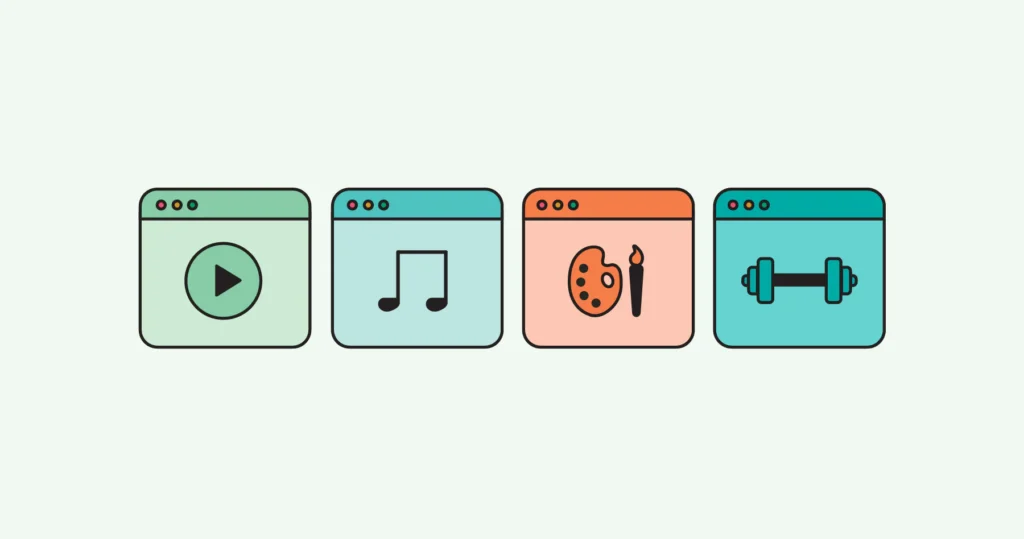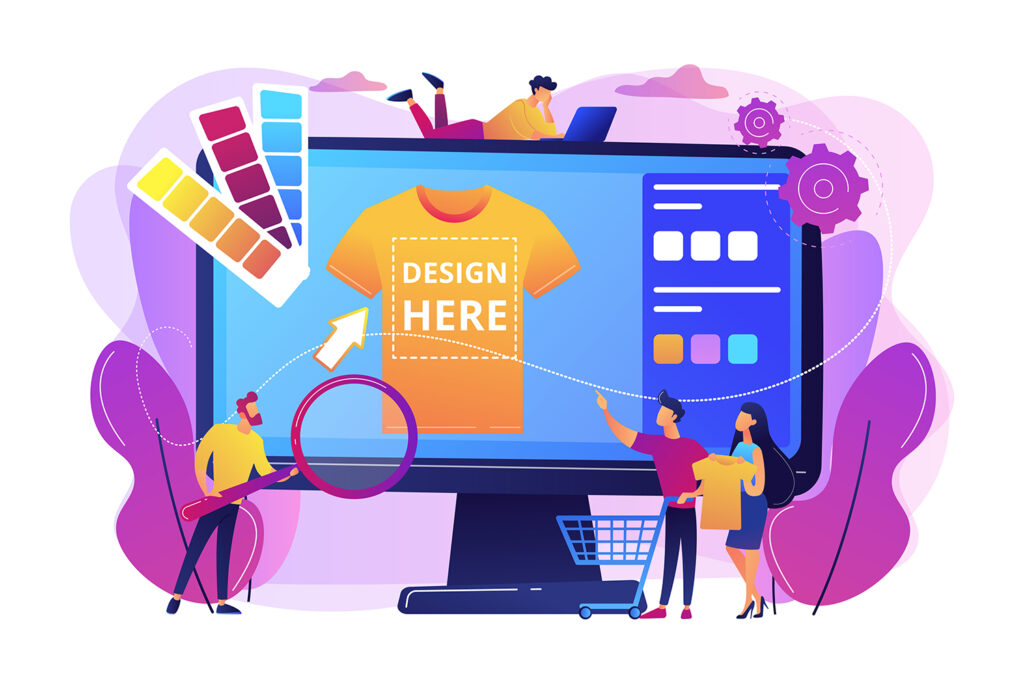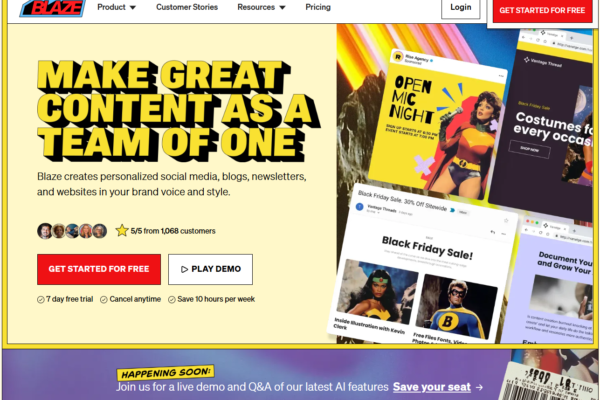Starting an online store is an exciting venture, and Shopify provides a robust platform to help you achieve your e-commerce dreams. One of the most crucial steps in setting up your store is deciding what type of products to sell. In this blog post, we’ll explore various types of products that you can successfully sell on Shopify, catering to different business models and market demands.
1. Physical Products

Physical products are tangible items that need to be stored, packed, and shipped to customers. These can range from handmade crafts to mass-produced goods. Here are a few popular categories:
- Fashion and Apparel: Clothing, shoes, and accessories are always in demand. You can focus on specific niches like sustainable fashion, athleisure, or vintage clothing.
- Beauty and Personal Care: Skincare products, makeup, hair care items, and grooming kits are popular choices. This category often benefits from repeat purchases.
- Home and Living: Furniture, home decor, kitchen gadgets, and gardening tools are examples of products that cater to homeowners and interior design enthusiasts.
- Electronics and Gadgets: From smartphones and laptops to smart home devices and accessories, electronics are a high-demand category with a wide range of products.
- Health and Wellness: Supplements, fitness equipment, and health monitoring devices appeal to consumers looking to improve their well-being.
2. Digital Products

Digital products are intangible goods that can be delivered electronically, eliminating the need for physical storage and shipping. These products can offer high-profit margins and easy scalability.
- E-books and Online Courses: Share your expertise by creating and selling e-books or online courses on topics you’re knowledgeable about.
- Software and Apps: If you have programming skills, developing software, apps, or plugins can be a lucrative business.
- Digital Art and Printables: Sell digital artwork, printable planners, calendars, or invitations that customers can download and print themselves.
- Music and Audio Files: Musicians and audio producers can sell music tracks, sound effects, or podcasts directly to their audience.
- Photography and Stock Images: Photographers can monetize their work by selling high-quality images for use in various projects.
3. Subscription Services
Subscription services provide customers with recurring deliveries or access to exclusive content. This model can create a steady stream of revenue and foster customer loyalty.
- Subscription Boxes: Curate and deliver boxes of niche products, such as gourmet foods, beauty products, or fitness gear, on a monthly or quarterly basis.
- Membership Sites: Offer exclusive access to premium content, such as tutorials, industry insights, or community forums, through a membership model.
- Software as a Service (SaaS): Develop and sell software solutions that customers subscribe to on a monthly or annual basis.
4. Print on Demand

Print on demand (POD) allows you to create custom products with your designs without holding inventory. When a customer places an order, the item is printed and shipped directly to them.
- Apparel: T-shirts, hoodies, and hats with unique designs or slogans.
- Home Decor: Custom prints, posters, and canvas artwork.
- Accessories: Phone cases, tote bags, and mugs featuring your artwork or designs.
5. Dropshipping
Dropshipping enables you to sell products without keeping inventory. When a customer orders an item, you purchase it from a third-party supplier who ships it directly to the customer.
- General Merchandise: A wide variety of products from different niches, including fashion, electronics, and home goods.
- Niche Products: Focus on a specific market segment, such as eco-friendly products, pet supplies, or tech gadgets.
6. Handmade and Custom Products
If you have a knack for crafting, handmade products can set your store apart with unique, personalized items.
- Jewelry: Handmade necklaces, bracelets, and earrings.
- Crafts and Artwork: Custom paintings, sculptures, and decorative pieces.
- Personalized Gifts: Custom-engraved items, monogrammed goods, or bespoke clothing.
7. Secondhand and Vintage Items
Selling secondhand or vintage items can appeal to eco-conscious consumers and those seeking unique finds.
- Clothing and Accessories: Vintage fashion pieces and pre-loved clothing.
- Furniture and Home Decor: Antique furniture and retro home decor items.
- Collectibles: Rare books, vinyl records, and memorabilia.
How to start your Shopify store
Conclusion
Choosing the right type of product to sell on Shopify depends on your interests, expertise, and target market. Whether you opt for physical goods, digital products, subscription services, or a combination, Shopify’s versatile platform can support your e-commerce journey. Explore different product types, understand your audience’s needs, and start building a successful online store today. Happy selling!





Leave a Reply